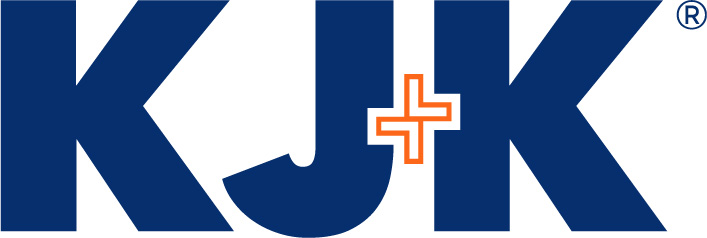By Jennifer Hart & Kevin O’Connor
The U.S. Department of the Treasury updated its Paycheck Protection Program (PPP) FAQs on May 3, 2020 and issued a new Interim Final Rule on Disbursements on April 28, 2020 that may impact PPP borrowers. Here’s what all PPP borrowers need to know:
Employees Who Refuse to Return to Work
The FAQs, which are updated on average every other day, included a new question answering a longstanding question regarding employees who were laid off but decline an offer to be re-hired.
Forgiveness of the PPP loan is based on a borrower maintaining its pre-pandemic headcount during the eight weeks after the loan proceeds are received. FAQ #40 makes clear that in the Interim Final Rule on forgiveness that will soon be released, in cases where employers offered to rehire an employee but the employee declined, the employer will not have their forgiveness reduced in connection with employees who refuse to return to work.
While the forgiveness rule has not been released and the final mechanics are not yet clear, the FAQ states that the rule “will specify that […] the borrower must have made a good faith, written offer of rehire, and the employee’s rejection of that offer must be documented by the borrower” (emphasis added). The FAQ also states that employees and employers need to be aware that rejection of an employment offer may result in the forfeiting of eligibility for continued unemployment compensation. The rule may prescribe a form or required language that must be included in the written notice to the employee.
Necessity Requirement
As a result of the public outrage stemming from publicly traded companies accepting multiple loans far exceeding the $10 million maximum, the Treasury Department made several announcements which should be of concern to all PPP recipients.
The first is that the Treasury Department announced that privately held companies will be held to the same standards as publicly traded companies when analyzing whether a PPP loan was necessary. Borrowers can rely on the standards in place at the time of their PPP loan application, but must have made the certification that “[c]urrent economic uncertainty makes this loan request necessary to support the ongoing operations of the Applicant” in good faith.
FAQ #31, which was initially directed at public companies, requires companies to take into account their current business activity and their ability to access other sources of liquidity sufficient to support their ongoing operations in a manner that is not significantly detrimental to the business.
On April 28, the Treasury Department issued FAQ #37, extending this requirement to privately held companies. For more information from KJK’s PPP Compliance Team on how to analyze whether your PPP loan was necessary, read our articles on the considerations for determining necessity and how to document the necessity of the loan.
Audit of PPP Loan Files
Additionally, and as previously reported, the Treasury announced that all PPP loans in excess of $2 million will be audited. Treasury Secretary Steven Mnuchin made the announcement during an interview with FOX Business on April 28, saying, “Before we forgive these loans, we’ll check every single one over two million.” The next day, the Treasury Department added FAQ #39, which states: [The SBA] will review all loans in excess of $2 million, in addition to other loans as appropriate, following the lender’s submission of the borrower’s loan forgiveness application” (emphasis added). The agency also stated that additional guidance is forthcoming on how this audit process will be implemented.
Updated Eligibility and Test Periods for Seasonal Employers
On April 27, 2020, Treasury issued an interim final rule allowing seasonal borrowers to use any consecutive 12-week period between May 1, 2019 and Sept. 15, 2019 for calculating the loan amount for which they are eligible under the PPP. An applicant otherwise in compliance with applicable SBA requirements, and that complies with Treasury’s interim final rule on seasonal workers, will be deemed eligible for a PPP loan under SBA rules. Instead of following the instructions on page 3 of the Borrower Application Form for the time period for calculating average monthly payroll for seasonal businesses, an applicant may elect to use the time period described in Treasury’s interim final rule on seasonal workers.
Disbursement Timing
The Treasury Department also issued an additional Interim Final Rule regarding the timing of disbursements. Under the rule, lenders must make a single, one-time, full disbursement of the PPP loan within 10 calendar days of loan approval, with approval meaning the date on which a loan was given a loan number by SBA. For loans that received a loan number prior to the issuance of the rule, the 10 calendar-day period began on April 28, 2020 and the eight-week covered period began on the date of first disbursement from the lender to the borrower
Note that a borrower cannot extend the start date of its covered period by delaying the execution of loan documents, as “lenders are not responsible for delays in disbursement attributable to a borrower’s failure to timely provide required loan documentation, including a signed promissory note.” If loan proceeds have not been disbursed because a borrower has not submitted required loan documentation within 20 calendar days of loan approval, the lender is directed to cancel the loan.
If you have additional questions on PPP compliance, contact Kevin O’Connor at kto@kjk.com or 216.736.7213 or Jennifer Hart at jmh@kjk.com or 216.736.7208.
